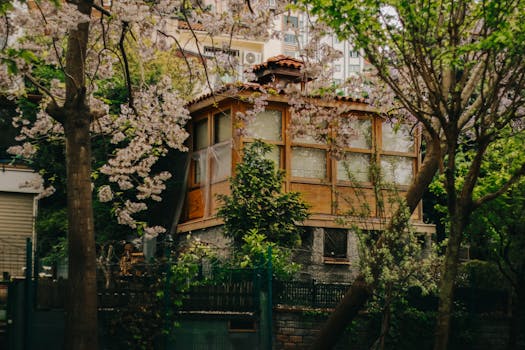
Urban Green Spaces: The Future of Outdoor Living in European Cities by 2025
Introduction to Urban Green Spaces
Urban green spaces are becoming increasingly important in European cities as they provide a range of benefits for both the environment and the people who live in them. Urban Green Spaces are areas of land in urban environments that are set aside for recreational, ecological, or aesthetic purposes. They can include parks, gardens, green roofs, and other types of open spaces. In this article, we will explore the future of outdoor living in European cities and how urban green spaces are playing a crucial role in shaping this future.
The Benefits of Urban Green Spaces
There are many benefits to urban green spaces, including improved air quality, reduced noise pollution, and increased biodiversity. They also provide opportunities for recreation, socialization, and relaxation, which can have a positive impact on both physical and mental health. In addition, urban green spaces can help to mitigate the effects of climate change by providing shade, reducing the urban heat island effect, and absorbing carbon dioxide.
How Urban Green Spaces are Transforming Outdoor Living
Urban green spaces are transforming the way we live, work, and play in European cities. They are providing new opportunities for outdoor recreation, socialization, and relaxation, and are helping to create more sustainable and resilient urban environments. By 2025, it is expected that urban green spaces will play an even more important role in shaping the future of outdoor living in European cities. This will be driven by a range of factors, including increasing urbanization, growing concerns about climate change, and advances in technology and design.
Case Studies: Urban Green Spaces in European Cities
There are many examples of urban green spaces in European cities that are transforming the future of outdoor living. For example, the High Line in London is a former industrial rail line that has been converted into a public park. The park features a range of plants, trees, and other greenery, as well as public art installations and recreational spaces. Another example is the Superkilen park in Copenhagen, which features a range of unusual and exotic plants and trees, as well as a variety of recreational and social spaces.
Conclusion: The Future of Urban Green Spaces in European Cities
In conclusion, urban green spaces are playing a crucial role in shaping the future of outdoor living in European cities. By 2025, it is expected that they will be even more important, providing a range of benefits for both the environment and the people who live in them. As cities continue to urbanize and grow, it will be increasingly important to prioritize the creation and maintenance of urban green spaces, and to ensure that they are designed and managed in a way that is sustainable, equitable, and resilient.





